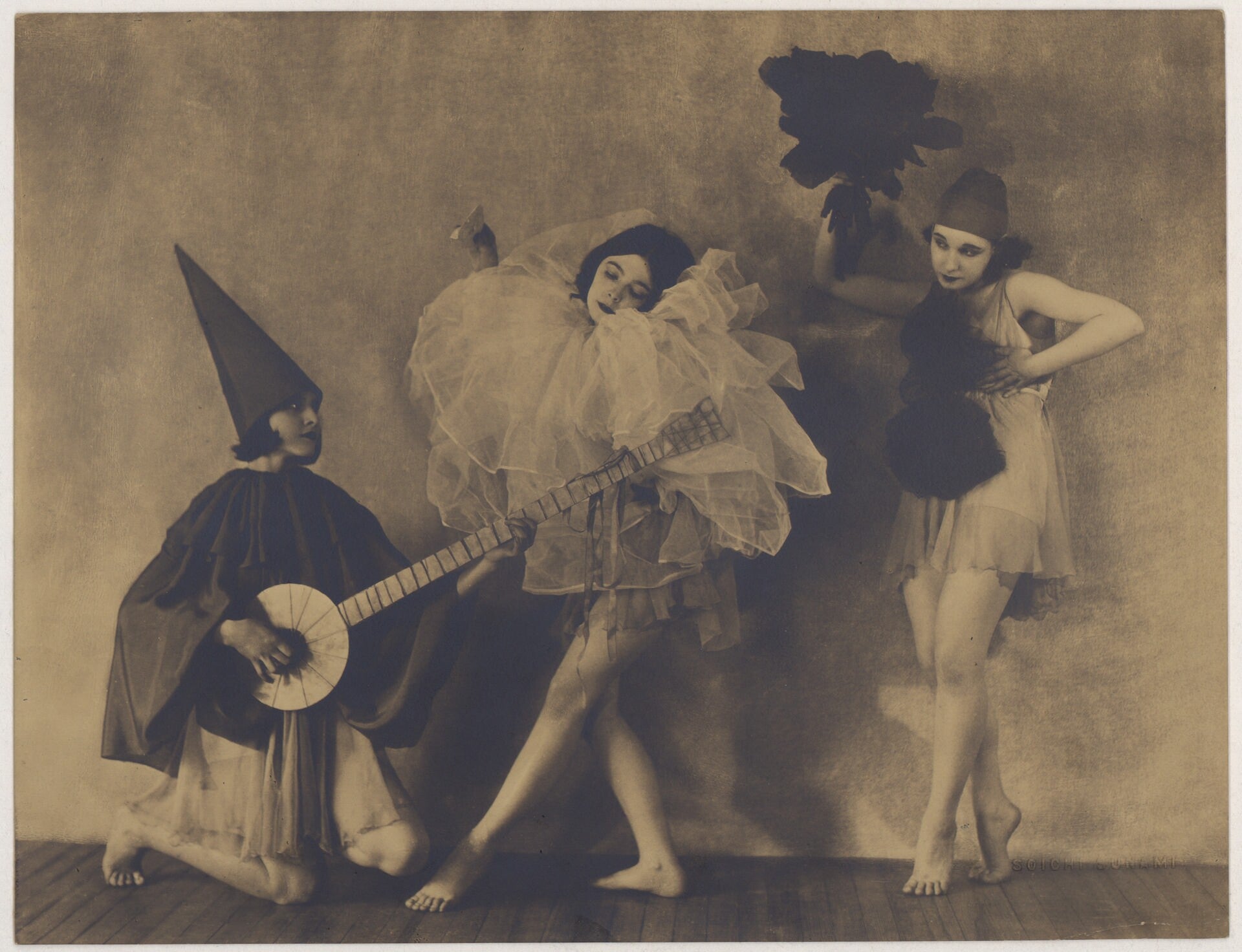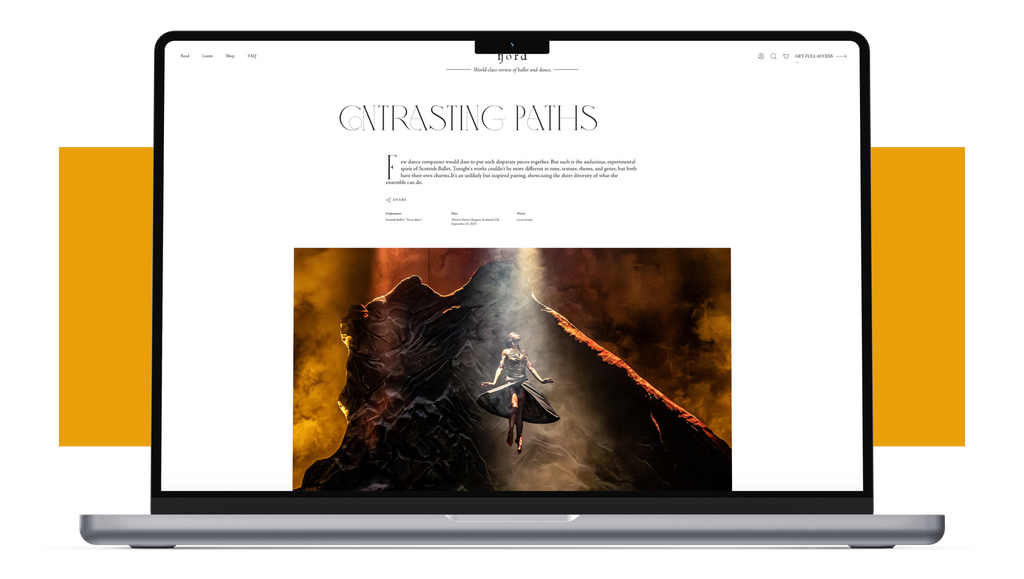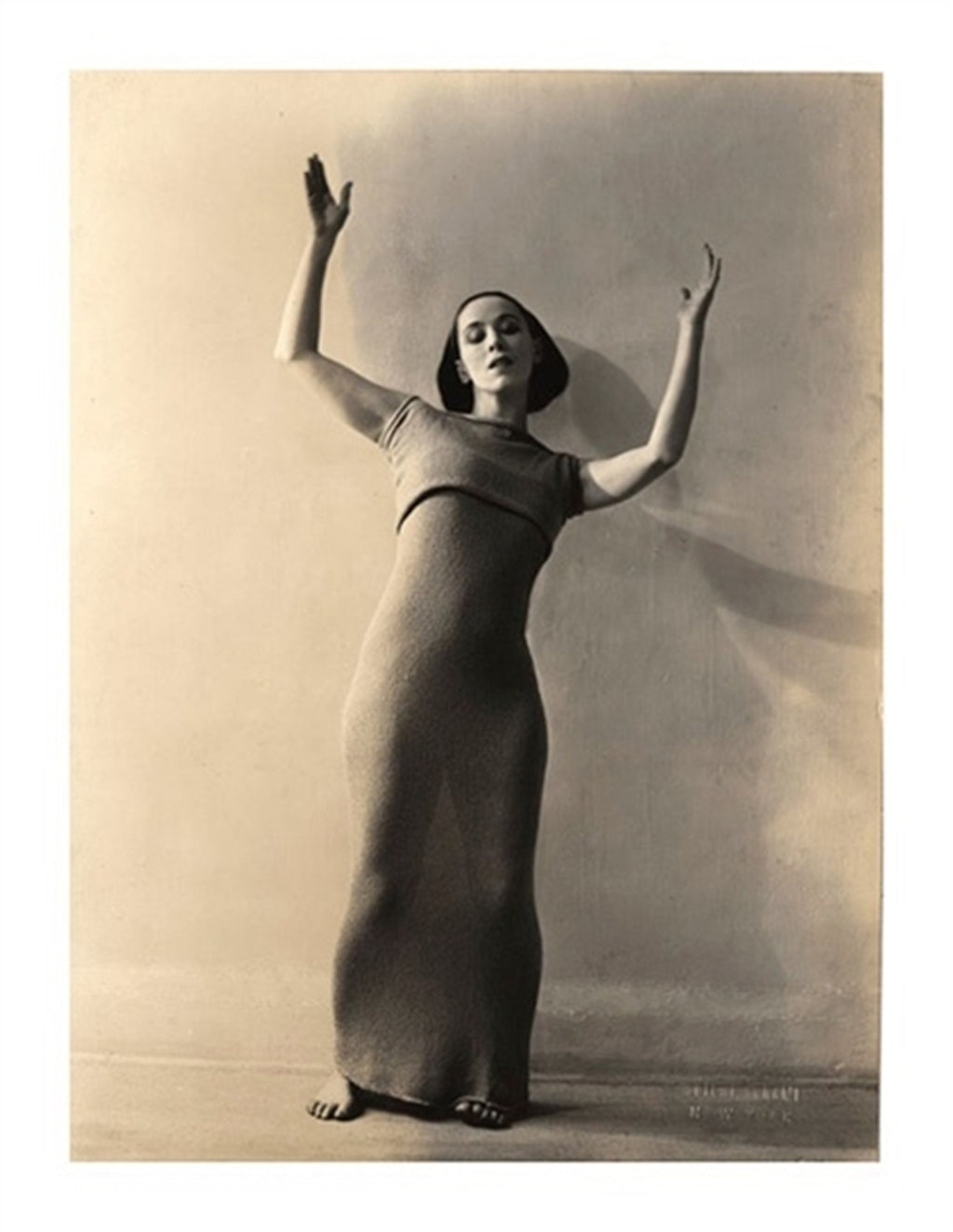Modern Dance Hold’em
Lassoing is a surprising through-line for a Martha Graham Dance Company performance. The theme steps generally tend towards the child-birthing variety: contractions and deep squats.
Continue Reading
World-class review of ballet and dance.
In Deborah Jowitt’s new biography of Martha Graham, Errand into the Maze, the iconic dancer and choreographer is made new, and radical, again. This is no simple feat given how many artists and dance lovers worldwide have, at the very least, a passing familiarity with Graham’s immense presence, dramatic proclamations, and enduring choreography. The accomplishment is even more significant when considering the sheer volume that has been written by her and about her, including last year’s mammoth biography Martha Graham: When Dance Became Modern by Neil Baldwin. Where Baldwin leaned into the encyclopedic, Jowitt has pruned and curated. The result is a highly readable journey that brings you deep into Graham’s heart, aka “the Maze,” through an expert tour of her dances.



“Uncommonly intelligent, substantial coverage.”
Already a paid subscriber? Login

Lassoing is a surprising through-line for a Martha Graham Dance Company performance. The theme steps generally tend towards the child-birthing variety: contractions and deep squats.
Continue ReadingAs a dance viewer, it’s easy to get swept up in the grand movements in a piece, glossing over the finer details.
Continue ReadingHubbard Street Dance Chicago was in New York for a two-week run March 12–24 at the Joyce Theater, a venue that consistently programs excellent smaller dance companies in its 472-seat theater.
Continue ReadingThe legendary Cuban dancer Carlos Acosta trained relentlessly to come out of retirement last year for a performance of classical works in celebration of his 50th birthday at the Royal Ballet, where he spent most of his professional career.
FREE ARTICLE
comments